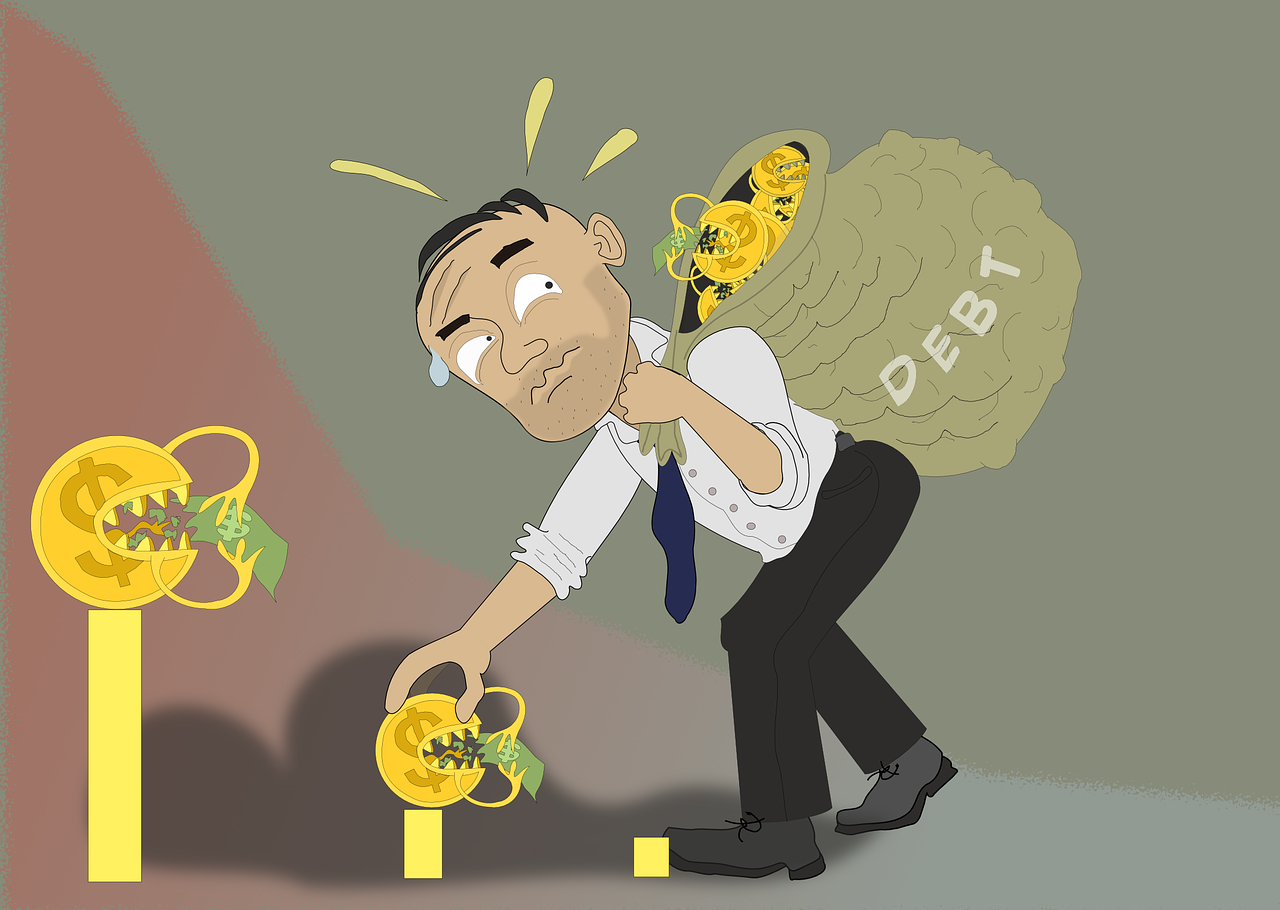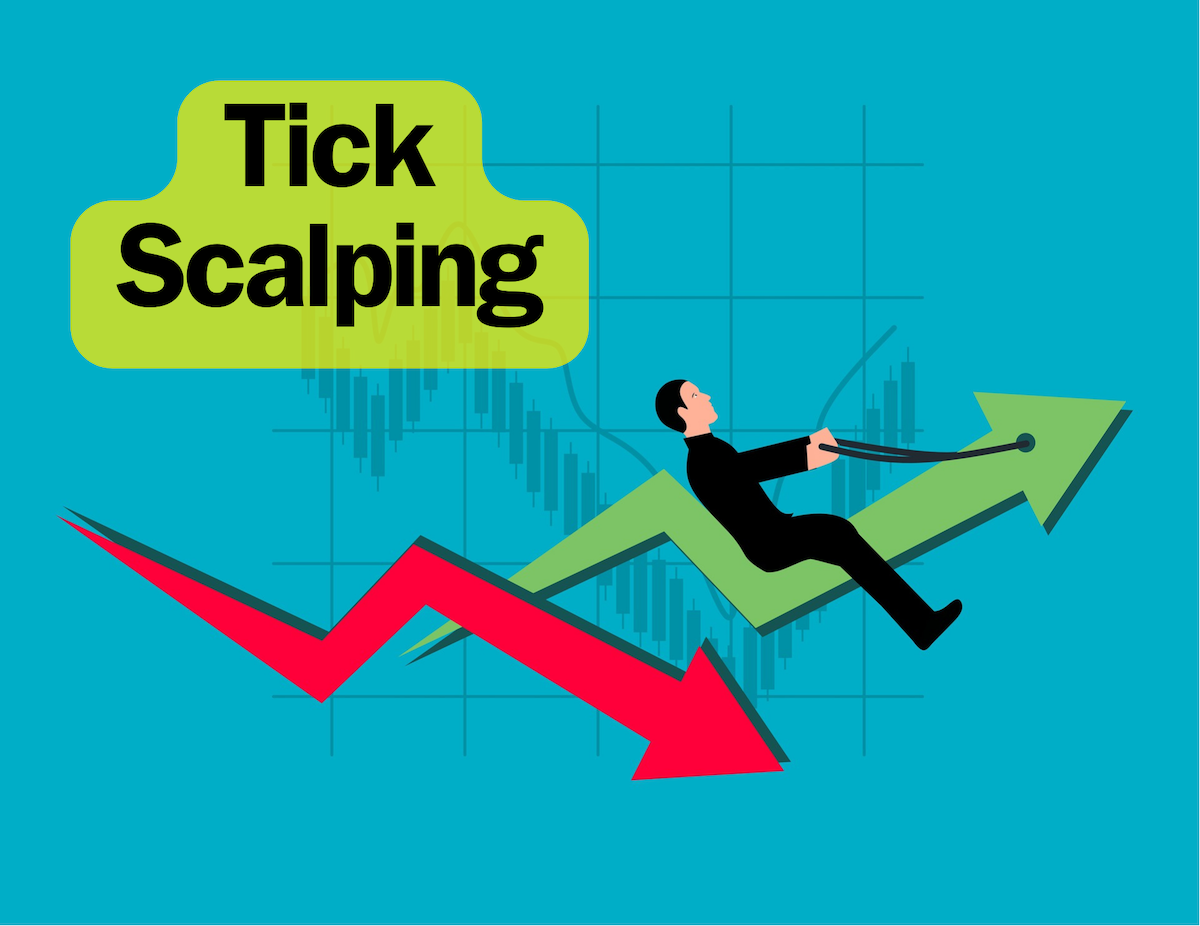Debt can weigh heavily on your financial well-being and overall quality of life. The good news is that with careful planning and discipline, it’s possible to overcome debt and regain financial freedom. In this detailed blog post, we will explore various strategies and steps to help you get out of debt and take control of your financial future.
The True Cost of Debt
Before we delve into the strategies for debt repayment, let’s understand the impact of debt on your financial health:
- High-Interest Costs: Debt often comes with interest charges that can significantly increase the amount you owe over time.
- Financial Stress: Debt can lead to financial stress, negatively affecting your mental and emotional well-being.
- Limited Financial Freedom: Debt ties up your income in servicing interest and principal payments, limiting your ability to invest, save, or enjoy your earnings.
- Credit Score Impact: High levels of debt can negatively affect your credit score, potentially leading to higher borrowing costs in the future.
Step 1: Create a Clear Debt Inventory
To tackle debt effectively, you need to know exactly what you owe. Make a list of all your debts, including the following information:
- Creditor’s Name
- Total Amount Owed
- Interest Rate
- Minimum Monthly Payment
This list will serve as a comprehensive snapshot of your debt situation.
Step 2: Set Clear Goals
Debt repayment is more manageable when you have specific, achievable goals. Consider the following objectives:
- Short-Term Goals: These could be focused on paying off smaller debts within a few months.
- Mid-Term Goals: Aim to eliminate high-interest debts in the next 1-2 years.
- Long-Term Goals: Plan for complete debt freedom and financial independence in the long run.
Step 3: Choose a Debt Repayment Strategy
There are several strategies you can employ to pay off your debt, depending on your financial situation. Here are some popular approaches:
- Debt Snowball Method: Start by paying off the smallest debt first while making minimum payments on larger debts. As you clear smaller debts, you gain momentum and motivation to tackle larger ones.
- Debt Avalanche Method: Prioritize your debts based on interest rates. Pay off the highest interest debt first, as this saves you the most money in the long run.
- Debt Consolidation: Consolidate multiple debts into a single loan with a lower interest rate. This simplifies repayment and can save money on interest.
- Balance Transfer: Transfer high-interest credit card balances to a card with a 0% introductory interest rate. Be cautious of transfer fees and the introductory period’s duration.
- Debt Management Plan (DMP): Enroll in a DMP with a credit counseling agency. They negotiate lower interest rates with your creditors and create a structured repayment plan.
- Personal Loans: Consider taking out a personal loan with a lower interest rate to pay off higher interest debts.
Step 4: Build a Budget
A well-structured budget is a critical tool for debt repayment. Follow these steps to create a budget:
- List all sources of income.
- Categorize and list your expenses, including essential needs (housing, utilities, groceries) and non-essentials (entertainment, dining out).
- Allocate a portion of your income to debt repayment.
- Stick to your budget to ensure that you can meet your financial goals.
Step 5: Increase Income and Reduce Expenses
Achieving your debt repayment goals may require some financial sacrifices. Consider these strategies:
- Side Hustles: Explore part-time jobs or gig economy opportunities to increase your income.
- Sell Unused Items: Declutter and sell items you no longer need or use.
- Cut Non-Essential Expenses: Reduce discretionary spending on things like dining out, entertainment, or subscriptions.
Step 6: Negotiate with Creditors
In some cases, you can negotiate with creditors to lower interest rates or arrange more favorable repayment terms. They may be willing to work with you to ensure you can repay your debt.
Step 7: Stay Committed and Remain Disciplined
Getting out of debt is not a quick process. It requires patience and discipline. Here are some tips to help you stay on track:
- Automate Payments: Set up automatic payments to ensure you never miss a due date.
- Reevaluate Your Budget: Regularly review your budget to identify opportunities for further cost-cutting.
- Stay Motivated: Remind yourself of your financial goals and the benefits of being debt-free.
- Celebrate Small Wins: Acknowledge and reward yourself for meeting debt-reduction milestones.
Step 8: Seek Professional Help
If your debt situation is particularly challenging, consider consulting a credit counselor or financial advisor for personalized guidance. They can help you create a tailored plan for debt repayment and financial stability.
Conclusion
Getting out of debt requires determination, discipline, and a well-structured plan. By following these steps and strategies, you can work towards financial freedom and regain control of your financial future. Remember, debt repayment is a journey, and every step you take brings you closer to your goal of financial independence.







Leave a Reply